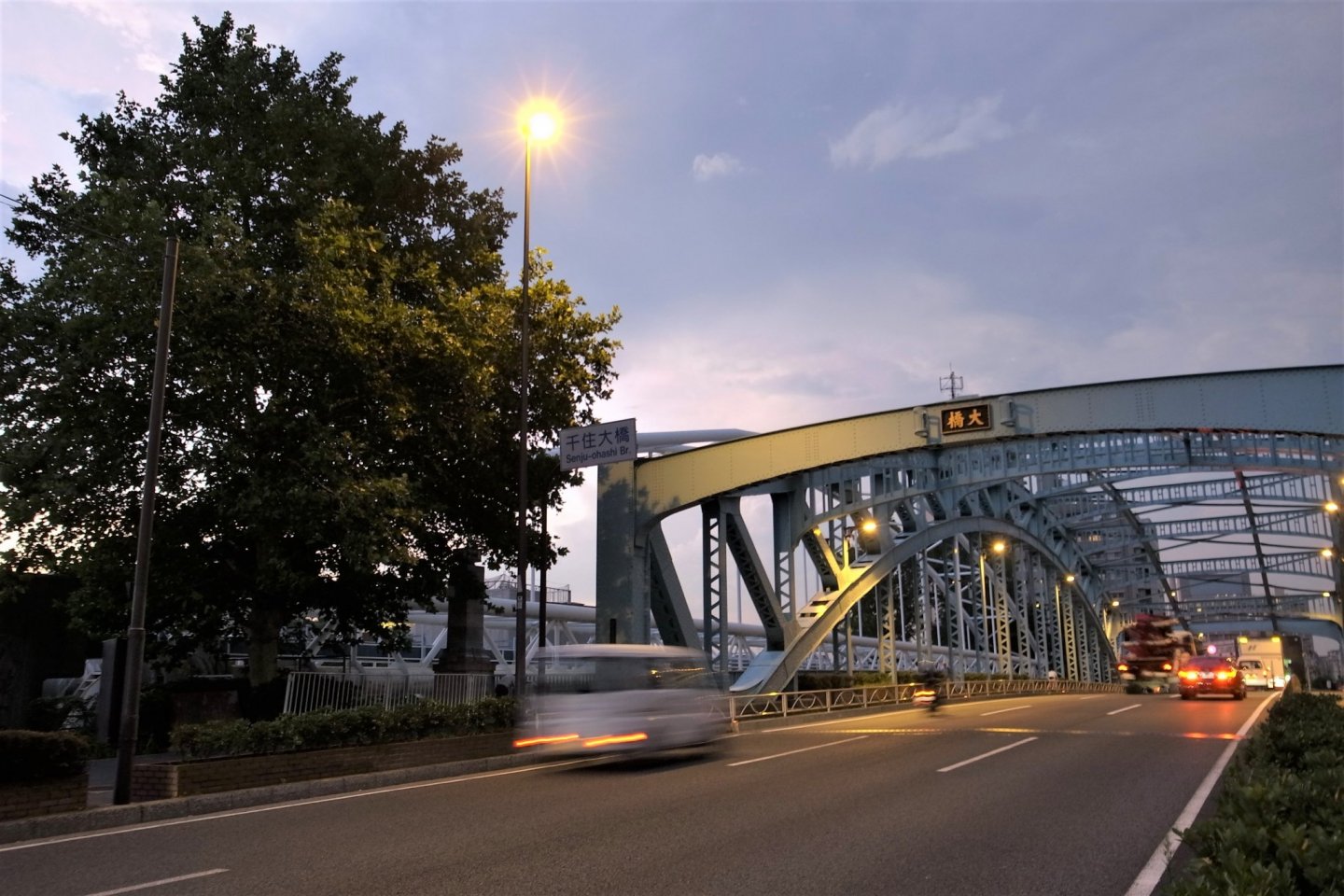Overview
Convenient to both the more central city wards of Tokyo and Saitama Prefecture in the north, Adachi City Ward is the downtown home of old Edo. Wholesale markets, the famous Sumida River, renowned Japanese artists and old class period architecture are all features of the city. Here is an introduction to some of these landmarks and historical spots of Adachi and how to reach them.
Adachi Market
Though much smaller than its more famous cousin in Toyosu, Adachi Market remains one of Tokyo's major wholesale markets. Divided into wholesale, retail and restaurant areas, the market is in no way a 'tourist spot' allowing visitors the chance to take in an unfiltered local experience. The second Saturday of odd months sees the wholesale area open to the public.
A 5-minute walk from Senjuohashi Station on the Keisei Main Line.
Senju Ohashi Bridge
A popular subject of the celebrated ukiyo-e artist Hiroshige Utagawa, the Senju Ohashi Bridge that crosses the Sumida River connects the northern part of Adachi City with its southern section. Now an iron beast, the bridge was also the starting point for haiku master Matsuo Basho's celebrated journey into the wilds of northern Japan.
A 6-minute walk from Senjuohashi Station on the Keisei Main Line.
Yatate Hajime
Celebrated throughout not only Japan but the world, Matsuo Basho, the great haiku master, began his famous journey into northern Japan from this spot. Yatate Hajime may now be adorned with modern canals, waterways, and bridges, but the memory of the master is still strongly reflected with details and images celebrating his life.
A 4-minute walk from Senjuohashi Station on the Keisei Main Line.
Yokoyama Family House
An old Japanese merchant home dating back to the latter half of the Edo period, the Yokoyama Family House survived the bombings of WWII and is now a reminder of those old Edo days. Now a paper store, the building was once an integral part of the life of the post-town connecting the old city with the rest of the country.
A 7-minute walk from Kita-Senju Station on the Chiyoda, Hibiya, Tobu Skytree, Tsukuba Express or JR Joban lines.






















